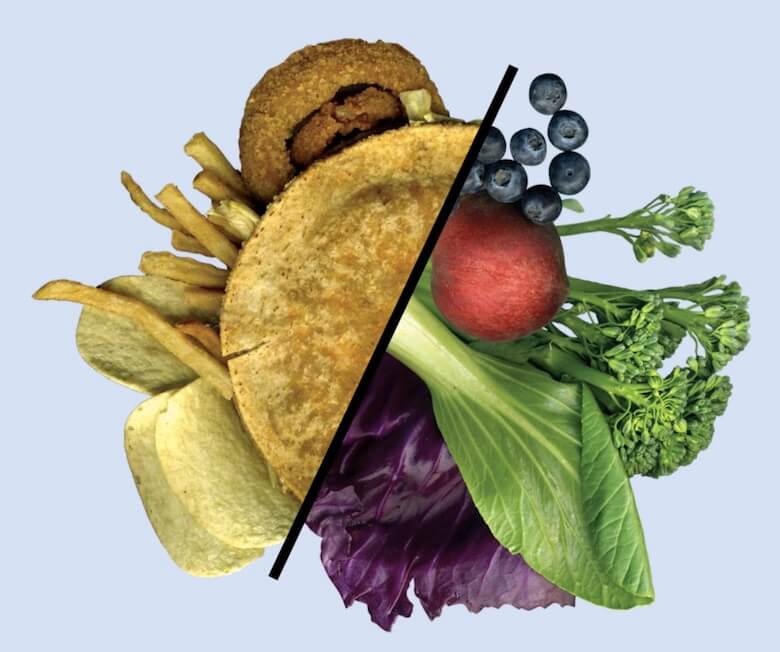
“When plentiful and freely shared, food creates healthy communities and strong societies; when scarce or unfairly distributed, it damages and, in time kills, spirit, body, family, community.” So begins Unshared Bounty: How Structural Racism Contributes to the Creation and Persistence of Food Deserts, a 2012 report by the New York Law School Racial Justice Project and the ACLU Racial Justice Program.
According to the report, 23.5 million Americans live in food deserts, communities lacking “access to healthy and affordable food.” In these low-income, minority neighborhoods, bodegas and fast-food restaurants greatly outnumber supermarkets, and food options are both more expensive and less healthful. In the low-income, majority African American, Brooklyn neighborhood of Bedford-Stuyvesant, for example, only 6 percent of the 176 bodegas carry green leafy vegetables. Limited access to healthy food is correlated with chronic diet-related diseases, poor academic performance and limited economic opportunities afforded by large retail stores.
Unshared Bounty argues that tackling these disparities—by now all too familiar—requires understanding and addressing the structural causes of food deserts. Beginning in the 1930s, New Deal policies encouraged middle-class whites to flee urban areas for the suburbs. Zoning ordinances and racially restrictive housing covenants were used to “exclude undesirable groups” from buying homes in white neighborhoods. Government-sanctioned “redlining” meant that minority families were denied loans and low-interest mortgages and experienced discrimination on the housing market. These combined policies and practices resulted in highly segregated living patterns, with poor minority communities concentrated in urban areas.
Following the white, middle-class consumer base, grocery stores and retailers moved to the suburbs, shifting from the traditional model of small, specialized stores to integrated markets that required more land and a higher volume of sales. This dearth of supermarkets in inner cities continues today, as the cost of doing business in urban areas remains higher: Land is more expensive, construction and permitting are subject to stricter regulations, and continued redlining makes it hard for businesses to get insurance in minority neighborhoods.
With increasing recognition of the correlation between structural policies and food security, progress is being made to address the underlying causes of food deserts in New York City. Obama’s Healthy Food Financing Initiative and NYC’s FRESH program provide financial incentives to bring grocery stores offering fresh fruits and vegetables into underserved communities. New York’s Healthy Bodegas Initiative helps bodegas to stock, display and promote healthful foods. The Youthmarket program organizes school-based Greenmarkets run by students in East Harlem, South Bronx and Washington Heights communities. City Harvest, Food Bank for New York City and other local hunger relief organizations also have programs that increase access to healthy foods in underserved neighborhoods.
Unshared Bounty ultimately emphasizes how important it is that we frame the problem of food deserts in its historical context if we are to truly solve the problem. Healthy eating is not simply a matter of consumer education. We cannot ignore the economic, political and commercial environments “that act to make the choice of eating healthier foods more difficult for minorities.” Instead, the report argues, “we must challenge the residential segregation, commercial redlining, and other government policies and private practices that perpetuate disparities in food access in low-income minority neighborhoods.”
SaveSave
SaveSave
SaveSave
SaveSave
SaveSave
SaveSave



